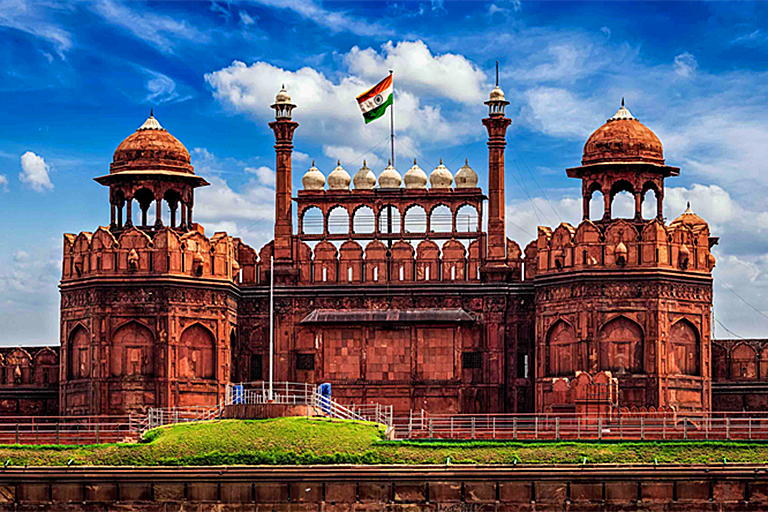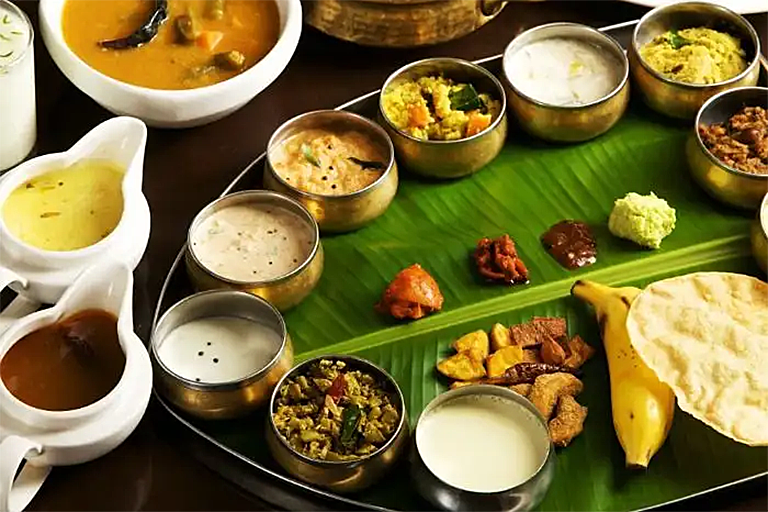Day 5 JAIPUR
Breakfast will be served at the hotel. Soon it will be time to participate in Holi, India's famed
festival of colours. Holi has been photographed, filmed and written about thousands of times but it really must be experienced first-hand.
Holi is played with abeer and gulaal - lightly scented, organic powder in vibrant reds, greens,
blues and every conceivable shade in between. Colored water is sprayed on participants from multicolored indigenous squirt guns or pichkaris. Lakh balls that disintegrate covering an entire
party in colour are a rare but fun addition to one's holi arsenal.
Proceed to visit a castle close to Jaipur for an evening with the royal family.
Rajasthan, the land of Maharajas famous for its castles, forts, and palaces is truly the colourful
Jewel of India. Castle Kanota provides a good example of history amalgamating with modern
times. Spread over 8 acres of land, Castle Kanota is truly a magnificent experience. Built in
1872, the Castle is located just 15 km. east of Jaipur on the Jaipur-Agra Highway. With a built-
in Museum and a Library which displays gold work and unique collection of rare books, the castle takes you back to the grandeur of the past. The Royalty has forever taken lots of interest in cooking. Since they frequently went hunting, their cooks, who travelled with the hunting party, showed great innovation in preparing meals on the pot. These were then modified and refined for use in homes. Rajput royalty, generals and landlords generally had Muslim cooks, so a
majority of the recipes being revived have a distinct flavor.
Thakur Zorawar Singh, the founder of the Kanota Thikana, belonged to the Champawat family
of Pilwa, an estate of Jodhpur. He came to Jaipur in the year 1869 and joined the Jaipur
administrative service. Due to his outstanding abilities as an administrator and sportsman, he became a confidant of Maharaja Sawai Ram Singh of Jaipur. By the end of Maharaja Sawai Ram Singh's reign, he had established himself as a prominent noble in Jaipur state and played
a very important role in the succession of Maharaja Sawai Madho Singh to the throne of Jaipur. He served the Jaipur royal family for 46 years.
Cannons to protect the castle were purchased from the British Navy. With a Majestic Durbar
Hall, Golden Suite, and a big beautiful garden with a fruit orchard, the fortified medieval castle is
a magnificent experience. The Castle Library (Pothi Khana) has gold work and unique collection
of over 10,000 rare books, manuscripts, miniatures and a very rich (16 th century) armory. There are facilities for horse and camel ride at the Castle.
Thakur Amar Singh, famous for writing the world's longest continuous diaries, brought out a series of notes on recipes, interestingly even specifying the type of metal utensils for cooking particular dishes. Revival of ancient royal cuisine or "thikana" recipes is an added attraction at KANOTA. The special royal THALIS served at Castle Kanota are a treat to the soul. Mouthwatering special menu is served.
Recipes served are original recipes collected by Thakur Amar Singh during his lifetime. Most recipes will not be found anywhere else. These are made in complete supervision of the family
members - all culminating in once-in-a-lifetime experience for each of our guests. Since 1863,
the family of Kanota takes pride in continuing the centuries old tradition of following the original secret recipe in the same traditional way.
Enjoy meeting the family who would host you for a high tea and then after a brief deliberation
on family history, culture, etc. proceed to the museum. There is a rich display of old arms,
horse, camel & elephant saddles and buggies. Walk around the hotel admiring nature, its history, and architecture ending the walk with a PUJA at the family temple.
Enjoy dinner with the family and then proceed back to the hotel.
Enjoy the experience and spend a night at Jaipur.




















